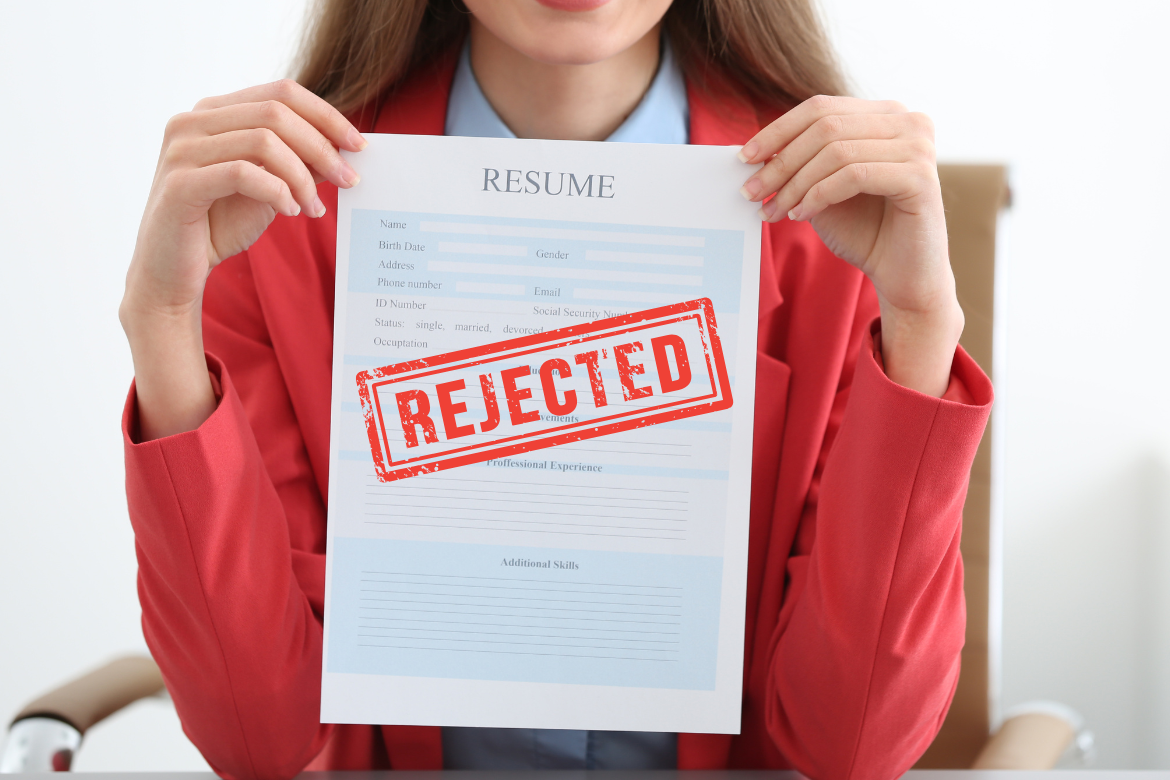One day. That was all it took. A 66-year-old man applied online for a human resources manager position at Procter and Gamble late last December. By the next day, the rejection email had landed in his inbox.
From there, the frustration grew into a formal complaint before the Human Rights Tribunal of Ontario, where he argued the only possible explanation for the swift “no” was his age. After all, it wasn’t hard to connect the dots on his resumé to figure out he was in his sixties.
It is not hard to see where the frustration comes from. The applicant told the tribunal he had applied for more than 150 jobs, landing only three interviews. “This feels like age discrimination,” he wrote. It is the kind of statement that resonates with anyone who has ever sat on the other side of the hiring portal, watching rejection after rejection pile up.
But the tribunal, after reviewing his submissions, dismissed the complaint. It ruled there was no factual basis linking his age to P&G’s decision. The problem wasn’t his birth date. It was his career. The company was seeking a candidate with “1 to 3+ years” of HR experience. He had 44.
The ruling offers a sharp reminder of the gulf between perception and practice in hiring. For the applicant, his deep experience was an asset unfairly ignored. For the employer, it was a mismatch — not because of age, but because the role called for someone at a different stage of the career ladder.
This is not a trivial distinction. To suggest otherwise is to blur the line between legitimate recruitment choices and unlawful discrimination. Employers are not obliged to advance every candidate who ticks the boxes on a job posting. They weigh context, fit, and risk.
Hiring an overqualified worker carries risks. Retention is one. Someone with decades of senior experience may not stay long in an entry-level or junior management role, especially once a better offer arrives. Workplace dynamics are another. A person accustomed to leading may bristle under the authority of a younger manager, even unintentionally. The team can feel it too — what happens when the new hire has more experience than their boss?
These risks are not imagined; they are rooted in lived experience across countless workplaces. Employers know that hiring decisions reverberate well beyond resumés. They shape morale, cohesion, and long-term stability.
The tribunal drew on a previous case, Di Giacomo v. Workplace Safety and Insurance Board, to make its point: being older than successful candidates does not automatically establish age discrimination. “The fact that he is older is not sufficient, by itself, to show a link between his age and not receiving the position,” that decision read. In this case, the same reasoning applied.
The applicant tried another angle, suggesting his odds — three interviews from 150 applications — proved bias. But the tribunal dismissed that too, noting such statistics, even if accurate, could not form the factual basis for a claim against one employer. The frustration was real, but frustration alone is not evidence. Even if the other 149 companies rejected him solely because of age, P&G can’t be held responsible for their sins.
Still, the human element here should not be lost. Imagine the toll of sending out hundreds of applications, knowing you have the skills, and hearing almost nothing back. It grinds down confidence and feeds suspicion. When rejection feels automatic, the search for explanations is natural and, sometimes, age seems like the only real answer.
Employers have a responsibility to recruit effectively, fairly, and within the law. That means rejecting candidates who are not a fit, even when those candidates feel otherwise. The applicant in this case was not turned away because he weas in his sixties. He was turned away because the company wanted someone at the start of their career, not nearing the end.
The decision may frustrate some readers who see shades of bias in every “overqualified” label. But it offers clarity for those charged with making hiring decisions. Overqualification is not a euphemism for age discrimination. Sometimes it is simply overqualification. Nothing more.
Job hunting will always have its heartbreaks. Nearly every posting gets hundreds of applicants, yet only one person is hired. Each resumé is a story — of ambition, of setbacks, of years spent honing a craft.
But when those stories meet the realities of workforce planning, the most common ending is a polite “no.” And as this case shows, that “no” is not always about the candles on the cake. Sometimes, it’s just about the fit.
See the full ruling breakdown in our sister publication HR Law Canada here.






